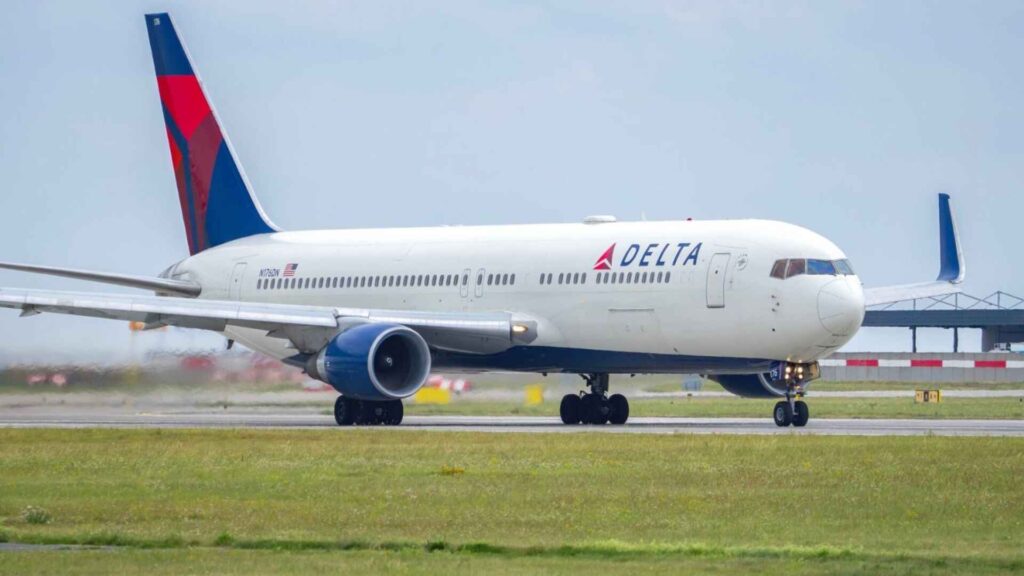A massive 8.8 magnitude earthquake struck off Russia’s far-eastern Kamchatka Peninsula on Wednesday, triggering tsunami warnings across the Pacific. Officials in Japan, Hawaii, and along the U.S. West Coast immediately issued alerts and evacuation orders, fearing large tsunami waves would reach shore. One bulletin noted this quake is “among the four strongest earthquakes this century” and the sixth-largest ever recorded. By Thursday morning, many warnings were being downgraded as only minor waves materialized – Hawaii’s alert was lowered to an advisory, and U.S. coastal gauges only saw surges of a few feet at most.
The quake hit early Thursday local time (Wednesday evening on the U.S. West Coast) at a shallow depth of roughly 12 miles, about 119 km east-southeast of the city of Petropavlovsk-Kamchatsky. Shallow, high-magnitude quakes are more likely to spawn tsunamis. The U.S. Geological Survey (USGS) confirmed the strength as magnitude 8.8 – far more powerful than initial estimates – and noted it was the largest tremor to strike Kamchatka since 1952. Residents reported buildings swaying for over three minutes; one Petropavlovsk resident told Reuters he feared walls would collapse as the prolonged shaking continued. The quake also set off a volcanic eruption: Kamchatka’s Klyuchevskoy volcano (the peninsula’s highest and most active) unleashed lava flows soon afterward.
Reuters photographers captured tsunami waves flooding a coastal town on Russia’s Kuril Islands in the aftermath of the quake. Local officials in Severo-Kurilsk reported tsunami waves over 3–5 meters high inundated the port and fish-processing plant, sweeping boats off their moorings. Despite the severity, Moscow’s defense ministry said there were no immediate casualties in Russia, crediting sturdy construction and swift alerts. A few minor injuries and building damage were reported in the Kamchatka region, but no major destruction has been confirmed.
Hawaii and West Coast on Alert
In Hawaii, authorities mobilized emergency plans as soon as the Pacific Tsunami Warning Center (PTWC) issued a full tsunami warning late Tuesday. Residents were urged to move inland and high ground immediately. State officials closed harbors and schools; people living near the shore were instructed to move to upper floors of buildings. Governor Josh Green warned Hawaiians that the first waves could arrive by early Wednesday morning, and he placed Black Hawk helicopters and high-water vehicles on standby for potential rescues. “This is not a regular wave – it will actually kill if you get hit by a tsunami,” Green said, urging strict compliance with evacuation orders.
By Wednesday daylight, the crisis in Hawaii had eased. The statewide warning was lowered to a tsunami advisory, and evacuation orders on the Big Island and Oahu were lifted. Officials reported only minor flooding in low-lying coastal areas; one ocean buoy at Midway Atoll (about 1,500 miles northwest of Oahu) had recorded swells of roughly 6 feet (1.8 m) peak-to-trough. Flights out of Honolulu resumed after an overnight halt, and all ports and harbors in the state reopened.
Much of the U.S. West Coast was placed on tsunami watch or advisory as a precaution. Emergency managers from Alaska down through California urged coastal residents to stay away from harbors and beaches. Late Wednesday, Pacific-wide data showed the tsunami “rippling” toward America: the National Weather Service (NWS) reported that around 1 a.m. HST on Thursday (4 a.m. ET), the first waves reached the West Coast. Tide gauges at Crescent City and Humboldt Bay in Northern California registered the surge, and sensors at La Push and Westport in Washington did as well. Those waves were small – on the order of a couple of feet. The Oregon emergency office had warned of 1–2 foot waves (30–60 cm) expected around 11:40 p.m. local time, stressing that “this is not a major tsunami, but dangerous currents and strong waves may pose a risk.” San Francisco Bay saw minor swells of 2–5 feet in some places, but there were no reports of significant damage on the U.S. mainland. By Thursday, northern California still had a brief warning in effect and most of the coastal U.S. remained under advisory only.
For context, the recorded tsunami amplitudes were far smaller than feared. In Hawaii, the highest measured waves were about 1.7 m, and Japan saw roughly 1.3 m. On California’s coast, the tsunami registered only around 0.5 m (about 1.5 feet) at peak. Nonetheless, officials cautioned that tsunamis arrive as extended series of surges. “A tsunami is not just one wave…[but] a series of powerful waves over a long period of time,” explained Dave Snider of the Alaska Tsunami Warning Center. In other words, elevated water levels and dangerous currents could persist for hours or more. Forecasters also noted that aftershocks as strong as magnitude 7.5 are possible in the coming days, so the Pacific Rim remains on alert. For now, no tsunami-related casualties have been reported anywhere; emergency agencies advise the public to stay off coastlines until warnings are lifted and to follow local instructions.






